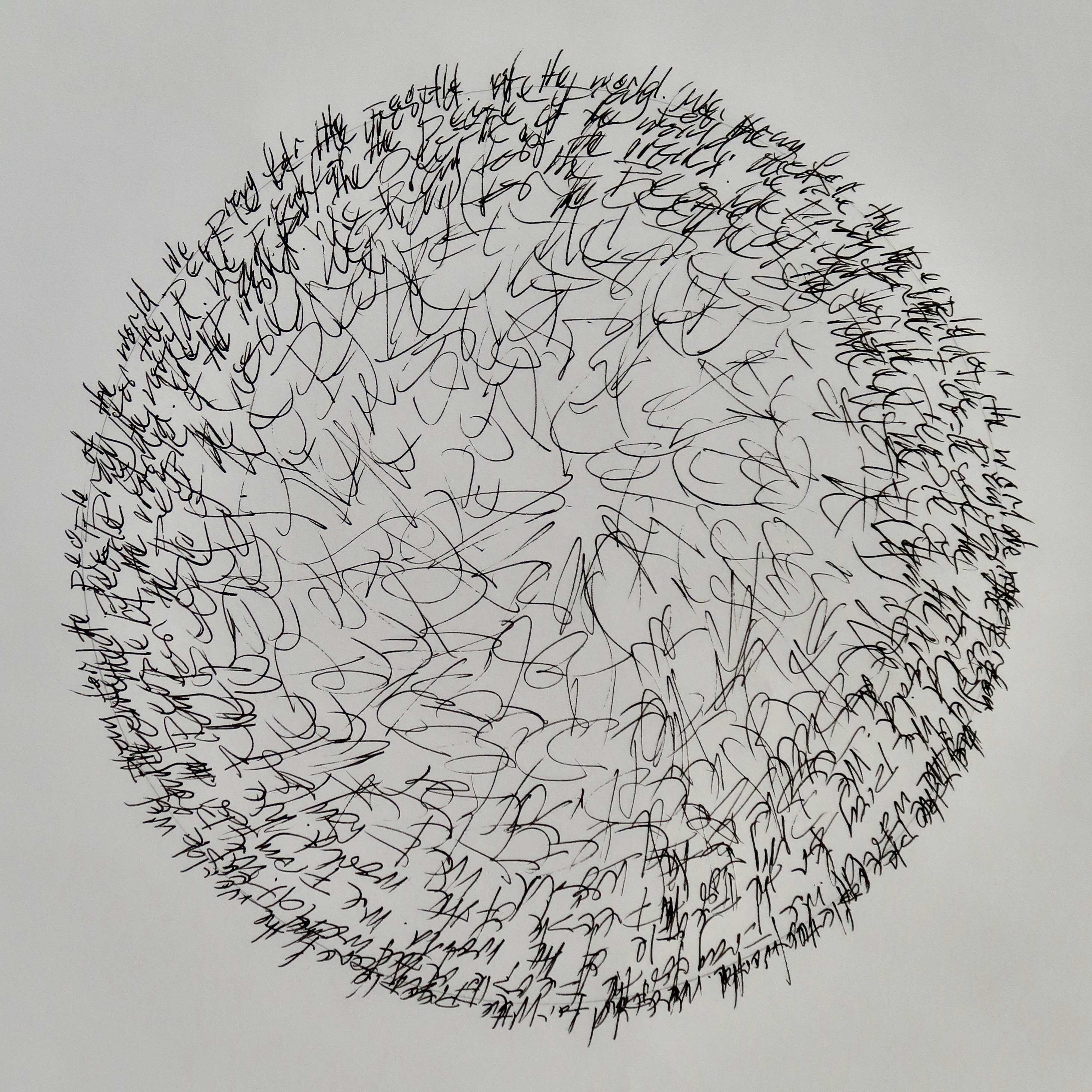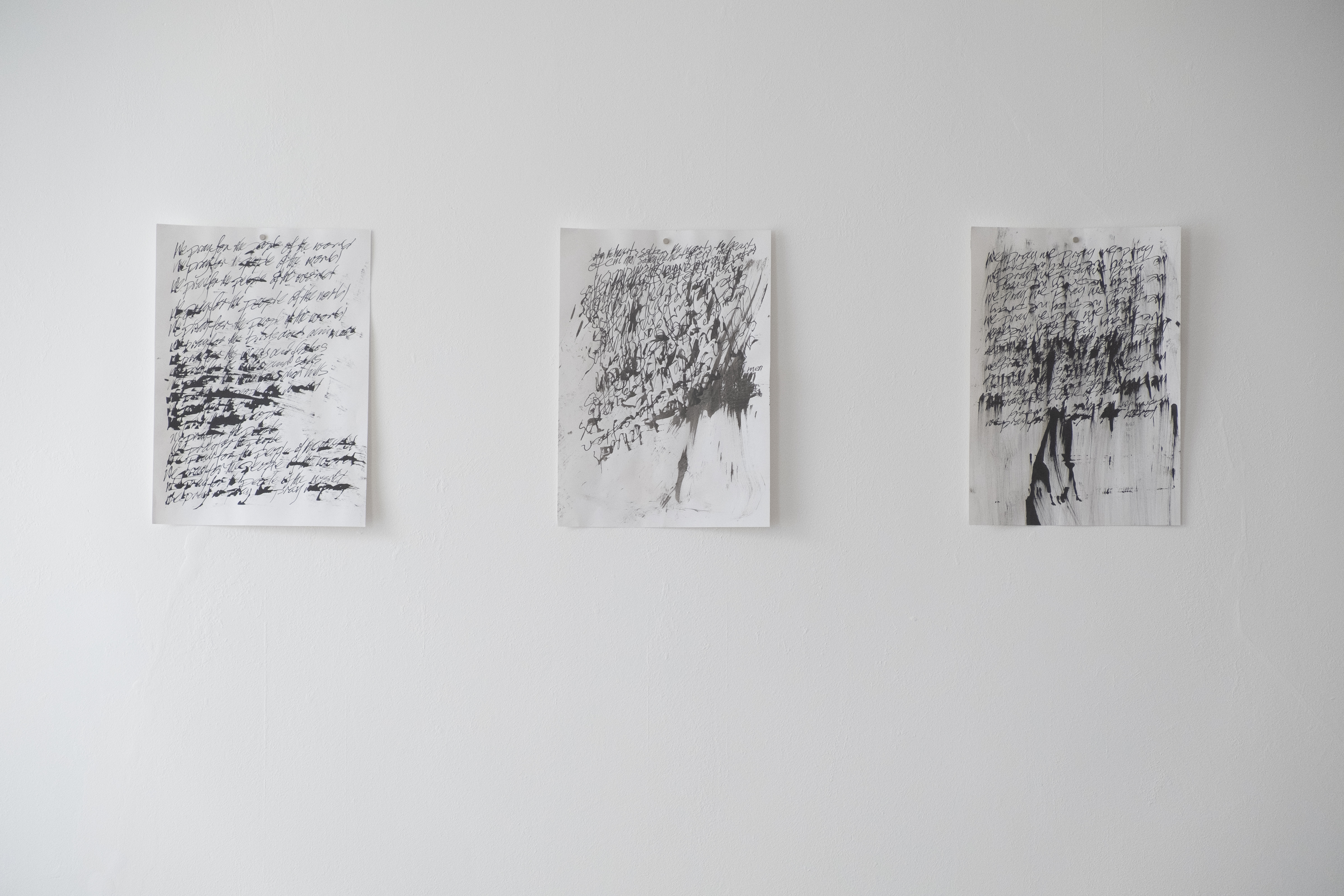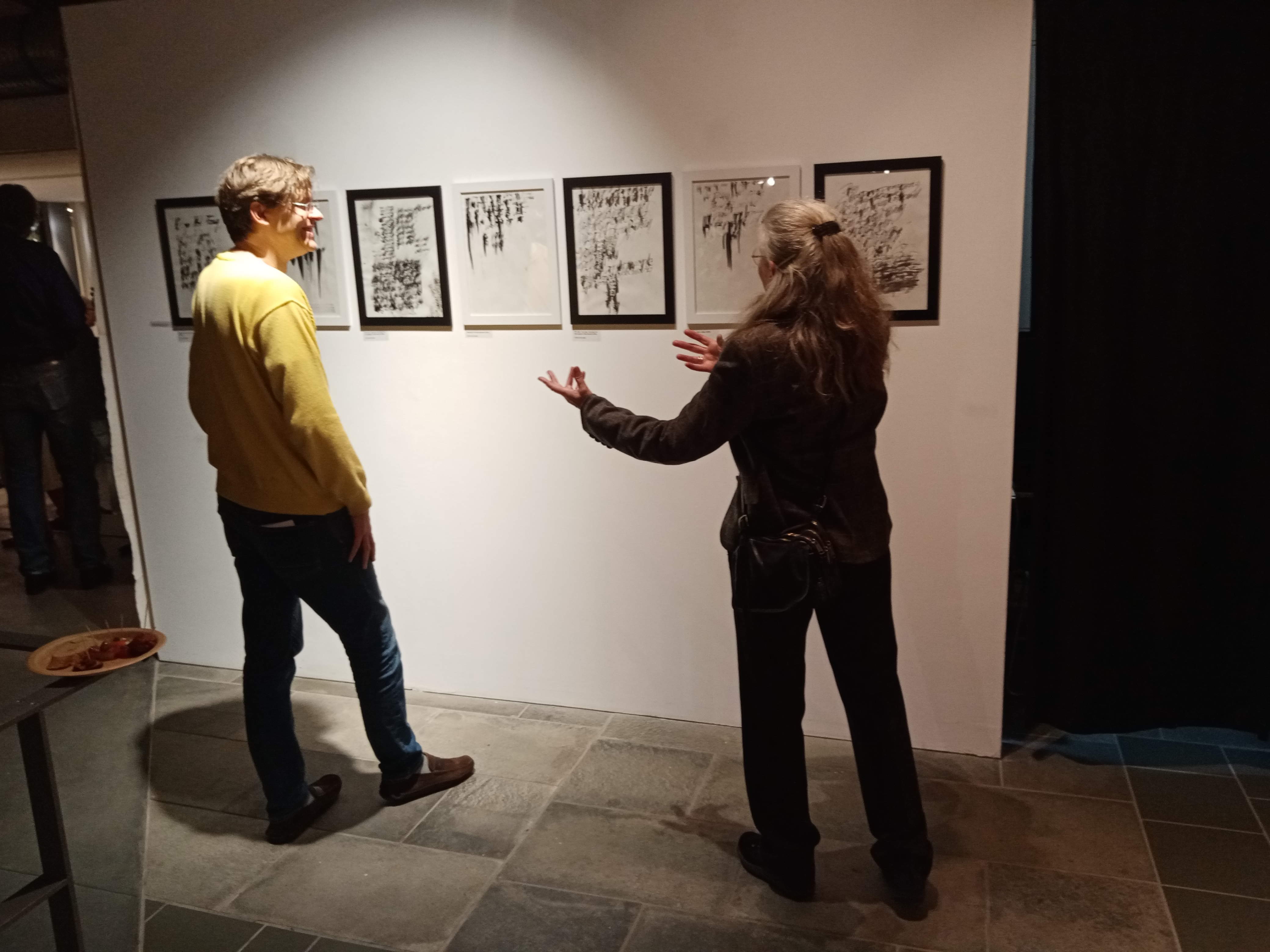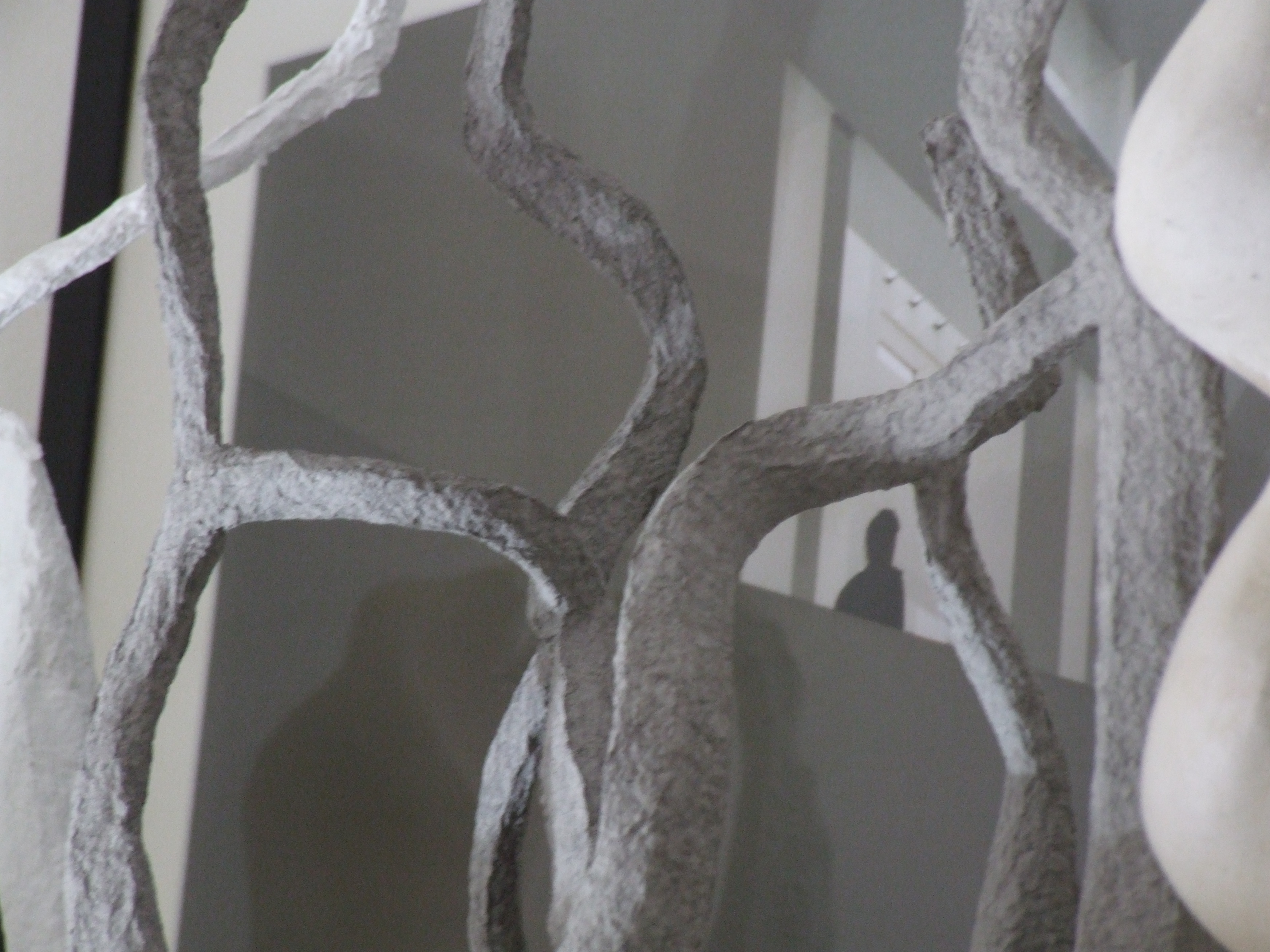Painting and Calligraphy
In his paintings, Stuart J Young explores the interplay of form, colour, and structure. Using layers of pigment, mark-making, and subtle shifts in tone, he creates surfaces that invite close looking and sustained attention.
The works examine the tension between abstraction and suggestion, surface and depth, drawing the viewer into a meditative engagement with space and material. Each painting is a reflection of process as much as image, revealing the rhythms and textures that emerge through attentive making.
The works examine the tension between abstraction and suggestion, surface and depth, drawing the viewer into a meditative engagement with space and material. Each painting is a reflection of process as much as image, revealing the rhythms and textures that emerge through attentive making.


In Prayers, Stuart J Young explores the calligraphy of sacred texts. Some of these works resemble mandalas, while others seem to open up voids and unknown universes. Using Indian ink, watercolour, and natural pigments on paper, Young conveys fragility through an embodied, visible language. In a concentrated, mindful state, his haptic making enters a space between the human and the ‘other’.



Stuart J Young / Exhibitions:
Dudley Museum & Art Gallery, Dudley, Midlands
Plymouth Museum and Art Gallery, Plymouth
Chapel Gallery @ Saltram House, National Trust, Plympton
Skulpturengruppe, Minden, Westfalia
The Ariel Centre, Totnes, Devon
Delamore Arts, Dartmoor, Devon
Keitumer Skulpturentage, Sylt, Germany
Open Studios, Bad Homburg v.d. Höhe, Frankfurt
KunstRaum Weissenohe, Nürnberg
Bibliothek, Idar-Oberstein
Warburg-Haus, Hamburg
Birdwood House Gallery, Totnes
Artist Residency Pfälzer Hof, Idar-Oberstein
Poolhaus Blankenese, Hamburg

Contact | Instagram |
© 2025 Eila Goldhahn & Stuart J Young
Web Design by Eila & Stuart
All rights reserved.